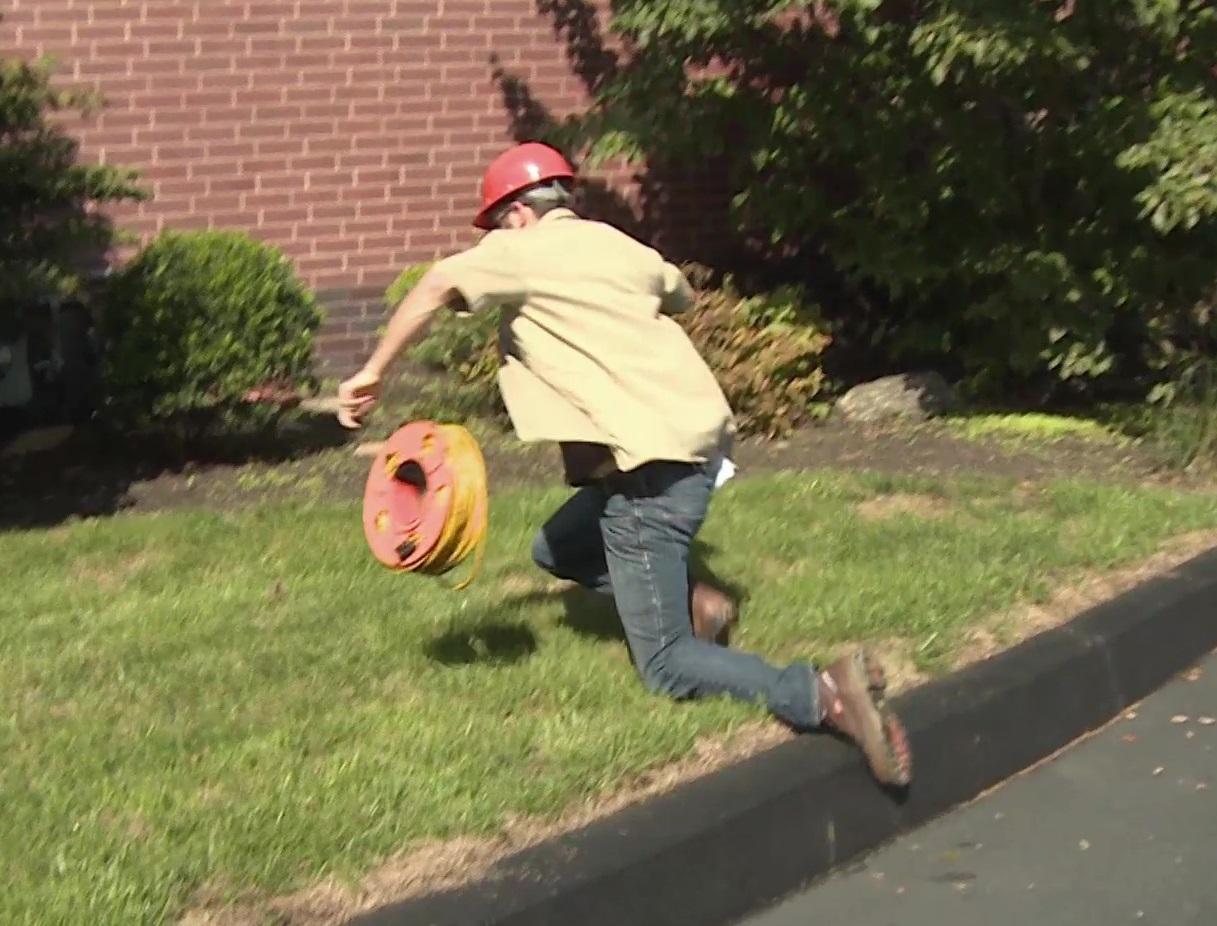Slips, trips, and falls are some of the most common types of accidents that occur in construction environments. These accidents can lead to serious injuries and even fatalities, and they can have a significant impact on a business’s bottom line. In this article, we’ll provide some helpful advice to businesses on preventing slips, trips, and falls in construction environments.
First and foremost, it’s important to ensure that all employees receive proper safety training. This includes training on how to identify and avoid hazards, as well as how to use personal protective equipment (PPE) appropriately. It’s also a good idea to conduct regular safety meetings and drills to reinforce safety protocols and procedures.
One of the most effective ways to prevent slips, trips, and falls is by maintaining a clean and organized worksite. This means regularly cleaning up debris and spills and ensuring that walkways and work areas are free of clutter and obstructions. It’s also important to mark any potential hazards, such as wet or slippery surfaces, with caution signs or barriers.
Proper lighting is also crucial in preventing slips, trips, and falls. Make sure that all work areas are adequately lit, and consider using additional lighting or reflectors in areas that are prone to low visibility. Additionally, it’s important to ensure that all employees have access to adequate lighting when working in low-light conditions.
It’s also essential to choose the right footwear for the job. This means selecting shoes with non-slip soles and proper ankle support. In addition, consider providing employees with slip-resistant mats or flooring in areas prone to spills or moisture.
Here are ten tips to help businesses prevent slips, trips, and falls in construction environments:
- Provide proper safety training to all employees: This includes training on how to identify and avoid hazards, as well as how to use personal protective equipment (PPE) appropriately.
- Conduct regular safety meetings and drills: This can help reinforce safety protocols and procedures and ensure that all employees know the importance of safety.
- Maintain a clean and organized worksite: Regularly clean up debris and spills, and ensure that walkways and work areas are free of clutter and obstructions.
- Mark potential hazards: Use caution signs or barriers to alert employees to wet or slippery surfaces or other potential hazards.
- Ensure proper lighting: Make sure that all work areas are adequately lit, and consider using additional lighting or reflectors in areas that are prone to low visibility.
- Choose the right footwear: Select shoes with non-slip soles and proper ankle support to help prevent slips, trips, and falls.
- Use slip-resistant mats or flooring: Consider providing employees with mats or flooring in areas prone to spills or moisture.
- Conduct regular inspections: Check for broken or uneven surfaces, loose cables or wires, and other potential trip hazards.
- Use guardrails and other safety barriers: These can help prevent falls from heights and other dangerous situations.
- Use fall protection equipment: Consider providing employees with harnesses, lanyards, and other fall protection equipment when working at heights or in other potentially hazardous situations.
Also, remember it’s important to conduct regular worksite inspections to identify and address any potential hazards. This may include checking for broken or uneven surfaces, loose cables or wires, and other potential trip hazards. By taking the time to identify and address potential hazards, businesses can significantly reduce the risk of slips, trips, and falls in their construction environments.
In conclusion, slips, trips, and falls are common hazards in construction environments that can lead to serious injuries and impact a business’s bottom line. By providing proper safety training, maintaining a clean and organized worksite, ensuring adequate lighting, choosing the right footwear, and conducting regular inspections, businesses can significantly reduce the risk of slips, trips, and falls and create a safer work environment for their employees.
Do you need Online Construction Safety Training?
Try a free demonstration of Slips Trips and Falls in Construction Environments
Slips Trips and Falls in Construction Environments – Online Safety Training


